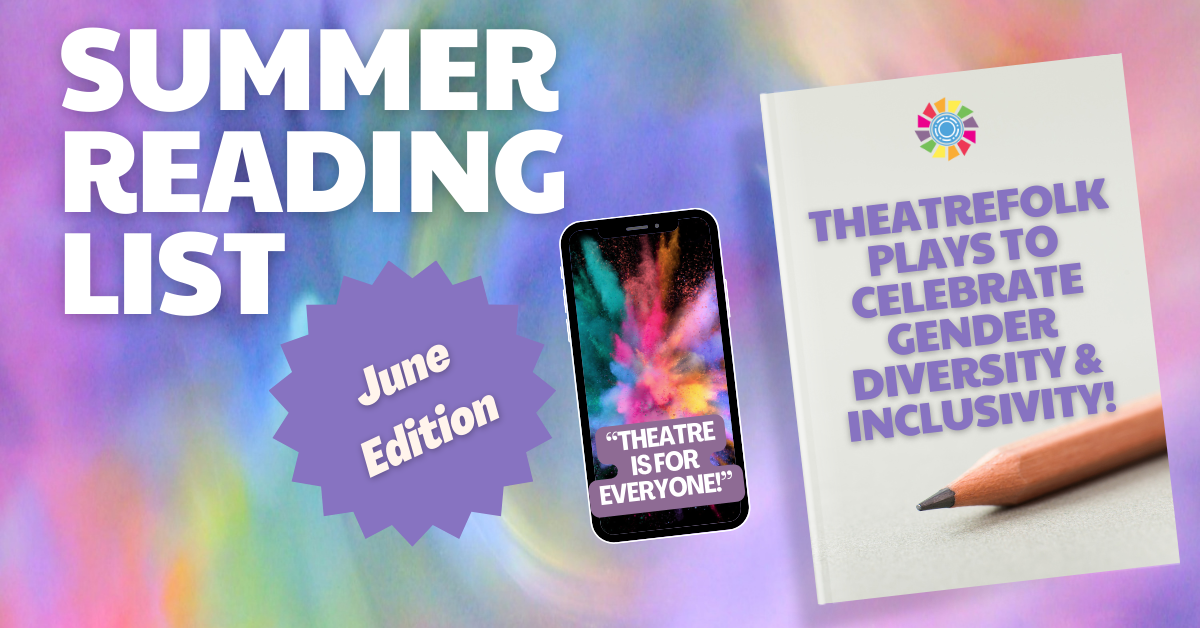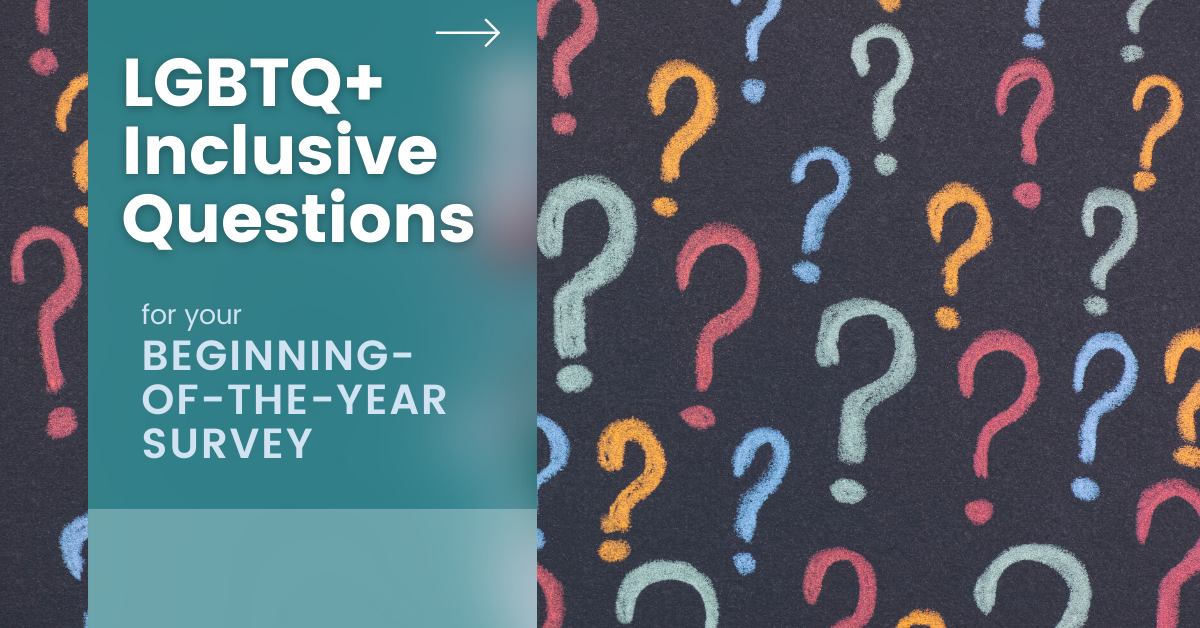The Dread Pirate Sadie: All the pirates, sword fights, and unforgettable characters - now in a competition-length version!
Creating a Safe Space for Your LGBTQ+ Students
In 2021, you would think we’d be at a point where inclusivity and acceptance are the norm. However, LGBTQ+ students are still frequently the victims of bullying, harassment, and discrimination, and are often made to feel alone, uncomfortable, scared, or unsafe in school. In drama class, we ask our students to open themselves up and take risks every day. This can be difficult for students who feel that just being themselves is risky. We say drama class is a safe space but for some students, no space feels safe.
Let’s help our students feel comfortable and safe in our drama classrooms. Read on for some tips and ideas for creating a safe space for your LGBTQ+ students.
1. Stay up to date on current issues and terminology.
This is particularly important if you do not identify as LGBTQ+ yourself. Language is ever-evolving. Do you know what the acronym “LGBTQ+” stands for? Start there! Listen to your students, and take it upon yourself to learn. Stay up to date with issues and changes in the LGBTQ+ communities. Familiarize yourself with signs and symbols used in LGBTQ+ culture. Check your own language. Avoid heteronormativity (the assumption that the “default,” “preferred,” or “norm” is heterosexual/straight), consider your own biases in relation to LGBTQ+ concerns, and learn about things like the differences between gender and sex, and pronoun usage.
Click here for some introductory information about pronouns in the drama classroom, andthoughts on gender and casting.
2. Be a visible ally to your students.
Try hanging a rainbow flag in your office, displaying a safe space poster or sticker in your drama classroom, or wearing a rainbow pin. This lets students and other faculty members know you are supportive, and that anti-LGBTQ+ language or bullying behaviour will not be tolerated. Even if your students don’t say anything directly to you about it, knowing that you are an ally may be helpful or comforting to them.
3. Study LGBTQ+ topics in your curriculum.
Representation is important. To this end, read and perform plays featuring LGBTQ+ characters and written by LGBTQ+ playwrights. Show examples of LGBTQ+ performers, and encourage students to write about topics that are relevant to them. Be inclusive in your choice of source materials. Check out plays such as Completely, Absolutely Normal: Vignettes about LGBTQ+ Teens by Bradley Walton, available from Theatrefolk.
4. Be available to your students.
You may have students who approach you in clear-cut ways. They may come out to you, confide in you, or ask you direct questions. You also may have students who test the waters first. They might show you a photo of a transgender performer, mention a pride item they purchased recently, or drop a term such as “two-spirit” into a conversation. How you respond to those students is important; they’re watching and listening to your reaction to see if you’re someone they can trust. Observe and respond genuinely. Students can sense a fake or insincere reaction a mile away. Show interest, ask questions (as appropriate — don’t interrogate the student or expect them to educate you), and listen, listen, listen.



